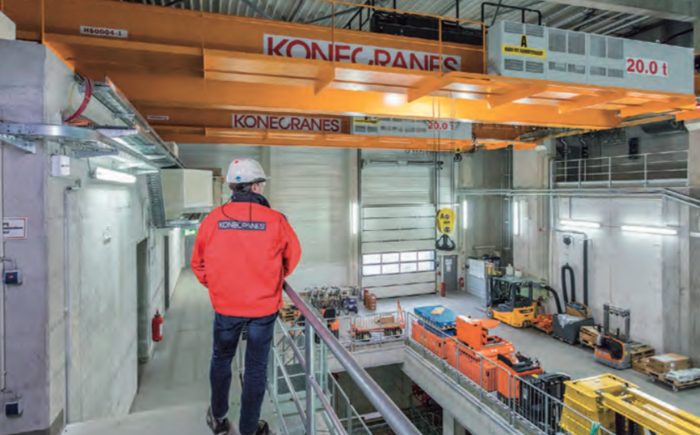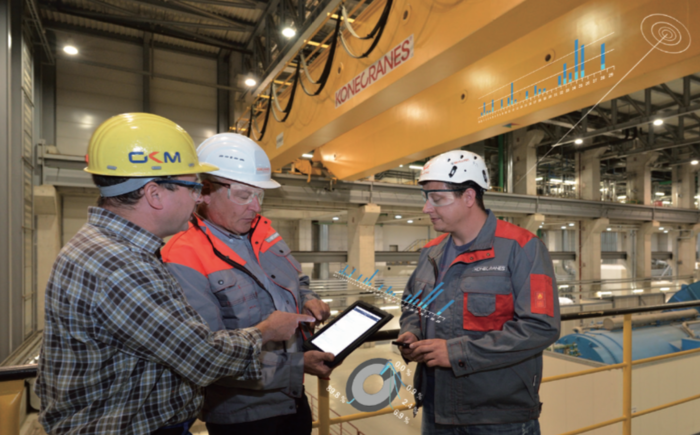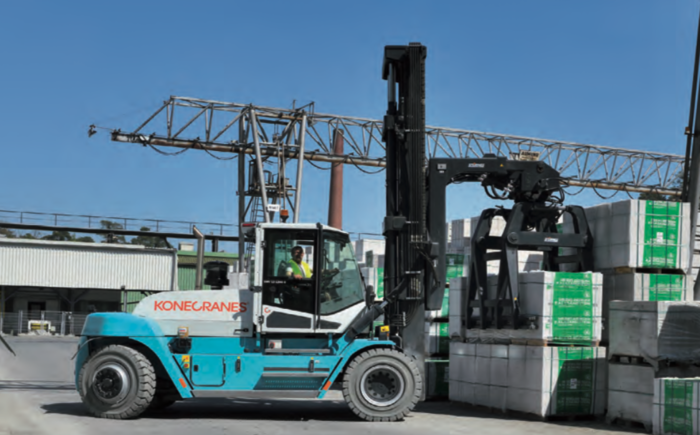Overhead cranes play a crucial role in the incineration process of a modern Wasteto-Energy (WtE) facility. Cranes must meet continuous demands of safety, uptime, reliability and performance required for waste processing, from the arrival of waste to the stacking, mixing and feeding of the hoppers.
Waste-to-energy facilities offer one of the harshest and most punishing environments for overhead cranes: intense productivity thresholds, continuous operation, filth and high temperatures. If the cranes are not up to the challenge, the entire process is at risk, and the lights may go out.
This white paper draws on experience gleaned from thousands of industrial process applications over several decades and discusses five key decision criteria vital to achieving optimum safety and reliability levels with overhead cranes:
1. What is the total feeding requirement of my hoppers?
2. What is the layout of my handling area?
3. What is the application of my crane?
4. Are my cranes specifically designed for WtE processes?
5. Do I have an effective preventive maintenance program and parts supply?
The right cranes and the right service
The WtE industry presents a very harsh environment that can take a toll on the performance, safety and reliability of your crane. Given that most of these facilities and their incinerators operate in a nearly continuous cycle, downtime and low performance levels are not an option. Having the right crane, supported by a capable maintenance provider, can mean the difference between managing unplanned, costly downtime and having an efficient, safe operation in which time and energy can be applied to improving performance levels and return on investment.








